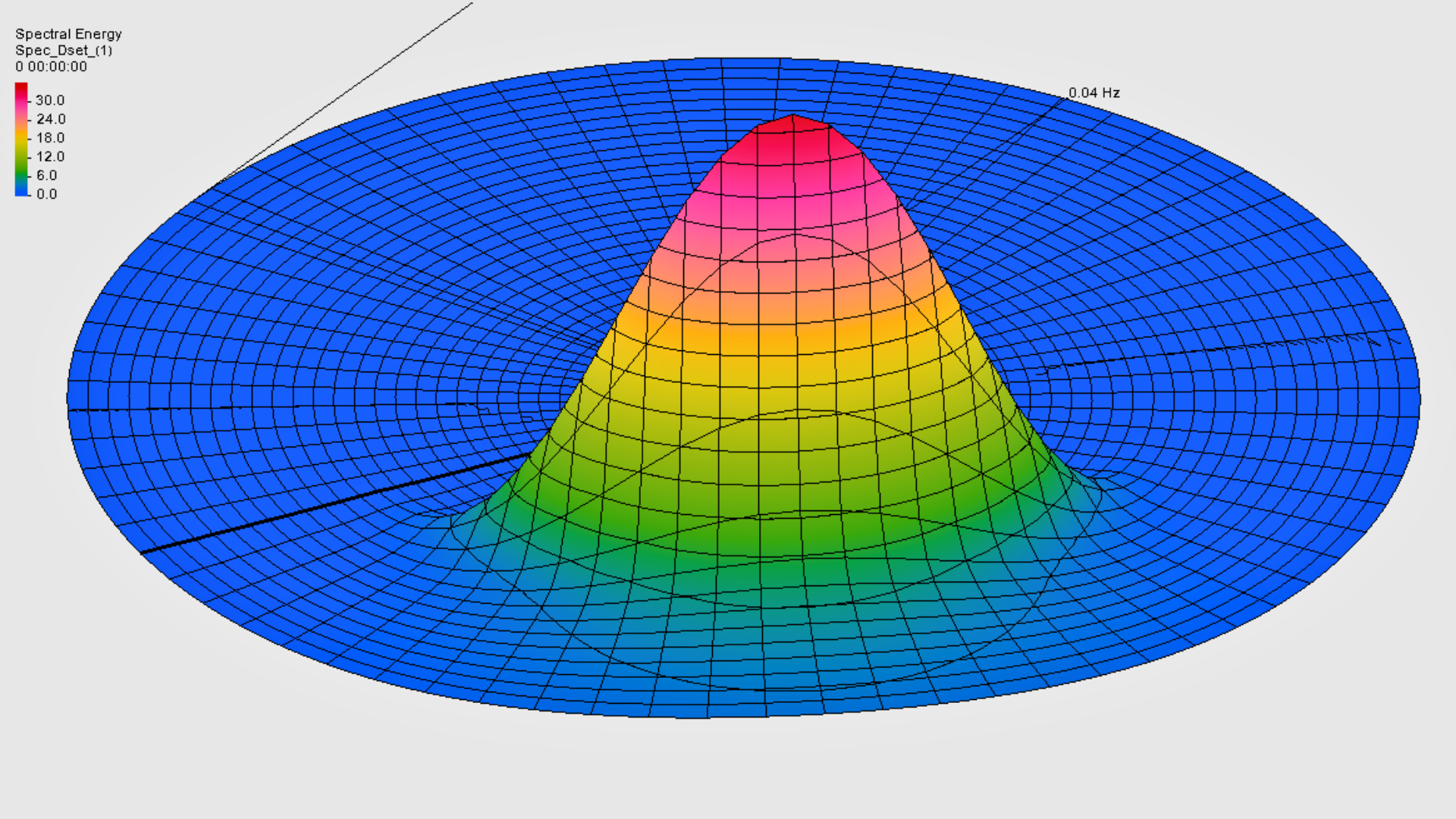We use cookies to make your experience better. To comply with the new e-Privacy directive, we need to ask for your consent to set the cookies. Learn more.
Simplifying Nested Grids with the Spectral Coverage
Coastal wave modeling is a balancing act between accuracy and efficiency. Even though grids must capture complex wave behaviors, having high-resolution data throughout the entire model is often impractical. Traditionally, when finer resolution is needed in specific areas—such as near coastal structures or zones of complex wave behavior—nested or child grids have been the logical choice.
While effective, these methods can be time-consuming and technically challenging to set up and manage. For models like CMS-Wave and STWAVE, the Spectral Coverage feature in the Surface-water Modeling System (SMS) offers a practical alternative that simplifies the workflow while still providing high-resolution wave information.
What is Spectral Coverage in SMS?
In SMS, the Spectral Coverage feature allows you to define and incorporate wave spectra directly into your coastal model. A wave spectrum describes how wave energy is distributed across different frequencies and directions. Rather than representing waves as single values of height and period, a spectrum provides a more detailed and realistic characterization of the water. This spectral data can be used to improve the model’s understanding of how waves interact with each other and the coast, including features like bathymetry, shoreline geometry, and man-made structures.
The Spectral Coverage provides flexible functionality that allows this information to be applied spatially within the model grid. This capability becomes especially valuable when working with coastal models like STWAVE, a tool designed to simulate the effects of refraction, diffraction, shoaling, and energy dissipation.

Applications of Spectral Coverage
The Spectral Coverage feature can be helpful for a wide range of coastal modeling applications:
-
Studying wave transformation and movement: As waves move from offshore areas toward the coast, they undergo changes as they interact with the seabed and coastal features. When using the Spectral Coverage, you have the ability to reliably observe and capture these changes in your coastal model.
-
Designing an accurate coastal structures: For models that make use of breakwaters, seawalls, or jetties, it’s important to understand how varying wave conditions might impact your structure’s stability and performance. The Spectral Coverage can help simulate structures with wave scenarios in a realistic and reliable way.
-
Modeling the transport of sediment: Waves are a driving force for sediment transport along a coastline. Using wave spectra in your coastal modeling enables a more accurate prediction of erosion, deposition, and longshore drift patterns.
Spectral Coverage vs. Nested Grids
While nested grids are a viable approach for increasing spatial resolution in specific areas, they require careful management of grid boundaries, resolution transitions, and data consistency between parent and child domains. By contrast, Spectral Coverage allows high-resolution wave data to be applied directly within the main grid. This reduces the need for additional girds while still maintaining the information needed for accurate and clear simulations. For compatible models like STWAVE, this makes the Spectral Coverage feature a valuable tool for streamlining your modeling process.
Implementing Spectral Coverage in SMS
SMS is designed to make the use of Spectral Coverage as intuitive as possible. You’re able to import wave spectral data from external sources, such as buoy measurements or wave models. SMS will automatically create a Spectral Coverage when importing spectral data. From there, you can define the geographic extent of the coverage, and set appropriate frequency and directional resolutions. SMS also provides visualization tools to inspect and verify the input data.
Using the Spectral Coverage feature in SMS gives you alternates to nested grids, providing detailed wave energy representation with less setup complexity. It is especially useful for coastal models like CMS-Wave and STWAVE that utilize spectral inputs. By adopting this approach, you can achieve more efficient and accurate modeling results.
Download SMS today to get started!


